 Riding The Himalayas
Riding The Himalayas
On October 8, 2005, a terrible earthquake hit Pakistan. As a result, about 72,000 people died while another 5 million were left homeless. Most of them are living in the remains of high-altitude mountain villages that collapsed during the quake.
Hundreds of thousands of people were isolated in the lower Himalayas. The roads were washed away by mudslides that followed the earthquake. At the onset of winter, these Jeep trails were covered heavily with snow, as they are every winter. The army, which is in charge of snow clearing and road maintenance, wasn’t able to keep the roads open. All of their machinery was used to repair the more important roads and commercial routes in the valleys.
Help On The Scene
Many non-governmental organizations (NGOs) rushed to the hit areas in the days following the catastrophe: the Red Cross Society, Oxfam International and others. Of course, the United Nations (UN) was there as well, represented by some of its agencies like the World Food Program, the World Health Organization (WHO) and the United Nations Children’s Fund (UNICEF). The agency that recruited me was the United Nations Office for Projects Services (UNOPS).
UNOPS is a body that runs projects for other UN agencies, such as building clinics managed by the WHO. In my case, the tasks were quite broad but still lay under one helmet: the challenges associated with mountains and winter conditions.
On top of avalanche risk management or search and rescue missions, our primary job consisted of prospecting and information gathering. Most of the NGOs have programs for things like housing, aquaducts reconstruction, clothes, drugs and food distribution. But the organizations need to know what the needs are of the people before they send anything to the remote mountain villages.
Because choppers are rather expensive, we were first sent to scout and assess those needs. We surveyed road conditions, found out where doctors were needed, etc. We also did transportation and supply missions, too. Luckily enough, we had sleds and ATVs shipped from Canada as well as monster trucks from Russia and Germany to speed things up when the terrain, and the army, allowed us to.
Challenges
Our units flew to the other side of the planet onboard a gigantic Ukrainian plane. Shipping charges for six boxes of spare parts and fluids, four ATVs and four snow machines was $15,000.
When the machines arrived in Pakistan, they were still crated so we needed to finish assembly. But first, we needed to clear customs. It was a nightmare — the customs officers had no idea what a snowmobile was. They feared that we were trying to import some evil weapons or military vehicles.
Given the nature of the work that had to be done, we decided to get two Ski-Doo Summit 800 “X” machines and two Ski-Doo 550F Skandics SWTs. Because they were equipped with the DPM device, which has some altitude compensation, the Summits were preferred to climb some of the passes we faced that exceeded 10,000 feet in elevation. Summits were used mostly for scouting; Skandics were used mostly to haul heavy tools or propane cylinders that helicopters would not take on board.
Let’s be honest. We did not use the Skandics that much. Once we put our thumbs and bums on the Summits, the other fatty yellow unit appeared a lot less sexy. But more importantly, we had an altitude issue with the Skandics. Frequently, we would have to start at 5,000 feet, climb up to 10,000 and come down on the other side of the pass at an elevation of 2,500 feet. BRP recommends calibrating the carburetors for every 1,500 feet.
Setting the carbs and clutches for 10,000 feet would have made the engine too lean at the lower elevations, while calibrating it for 2,500 feet would cause the power-starved engine to run too rich at higher stages. We decided to set them up for 6,000 feet, stopping once in a while to put some snow on the exhaust Y-pipe and strategically plan our ascents.
The Dangers
Just like in North America, weather played tricks on us. Quite a few times we left from a south-facing lower valley to ride up for two or three days and, on the way back down; we would literally have to ride in streams.
Those changing snow conditions were challenging, but the biggest threat we faced in those high-altitude, treeless areas were avalanches. We could rarely climb the hills straight up because it was too steep, there was nowhere to stop once we reached the top or else we were hauling something.
We traversed the ascents, making tight switchbacks while we climbed. We skimmed 2,000-foot-deep ravines following the existing road somewhere under the snow. There were several sections of road buried under avalanches or, even worse, under frozen mudslides covered with 10-20 feet of snow. It made the area impassable to our snowmobiles.
Those were the times to get the shovels out and start boiling some tea. Most of those times we also set up camp. On a few occasions, we called the army for dynamite or else, we got out the skis and finished the trek on foot.
A World Premier
Without trying, I was the first man in history to ride a snowmobile in Pakistan.There was chaos each time we entered a new village. Kids ran after us. Men pushed each other to have a better look at the gora — a “white man” in Urdu language — and his rather strange mount. It seemed to me that women were not really allowed in public gatherings.
People were curious and amazed at the acceleration provided by the engine. Not only had they never seen a snowmobile, but most of them didn’t even know that such a vehicle existed. Those who spoke broken English asked questions about fuel efficiency or the price of the sleds. I always tried to avoid answering questions about cost considering that the price of an 800cc Summit represented about 10 years of salary for a skilled Pakistani worker.
Except for a few soldiers hiding in their barracks, we didn’t encounter many people up there. If something happened, we couldn’t count on anyone. As a matter of fact, if something happened to someone, we were the ones who got the call. We were the mountain search and rescue team.
Over and over, it was the same story for the snow and road conditions while we served our duty to get the info and provide it to the army and the humanitarian workers’ community. The only infrastructure that we saw between two villages were summer shepherd shacks and missile launching platforms. We couldn’t forget that until late 2004, India and Pakistan were still bombing each other, fighting over Kasmir.
We were detained by soldiers, often several times a day. We’d wait while the soldiers got in touch with their superiors — most of the time using our satellite phone because they did not have one. Superior officers would then need to go higher in the chain of command and eventually let us know — usually some two or three hours later — that we were allowed to navigate through trenches, caches and launching platforms while avoiding landmine areas. Usually they would make us surrender our film or else re-format our camera memory cards.
A sled was sometimes a passport. On one of these occasions, a group of soldiers wasn’t able to get in touch with their superiors. We made it to their main camp where we met the colonel. He was quite intrigued by the sleds, and asked for a ride.
When we returned to the camp after a sporty ride, we were invited to swap our tent for the general’s room after eating a six-course meal (without wine, this was Muslim country), and watching “Saving Private Ryan” on a giant screen. We took our first shower in 11 days.
I would do it again, even though the work was really hard — at least 12 hours a day, seven days a week for four months, in many times under rather inhumane and life-threatening conditions. Of course, I missed the many pleasures of my snowmobile guiding days back home where we could pull over at night and in a cozy lodge, open up a beer by the fireplace and recall the good memories of the day.
Nevertheless, the pride and joy reached higher ground when we had to shovel our camping and parking spots, pop up the tent, boil some tea, drink it sitting in a smelly sleeping bag and think that because of our efforts some elders will be able to sleep warm at night, the sick got access to drugs and kids weren’t starving anymore.
Snowmobiles saved lives. And those days were just another in the office.

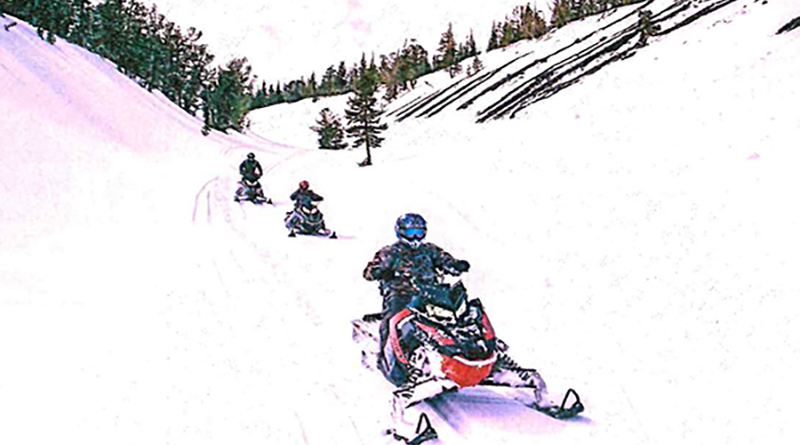
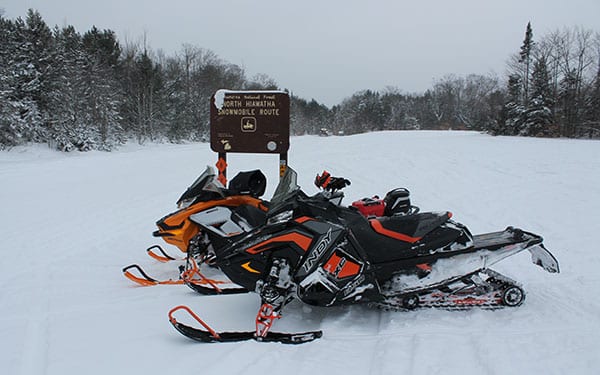
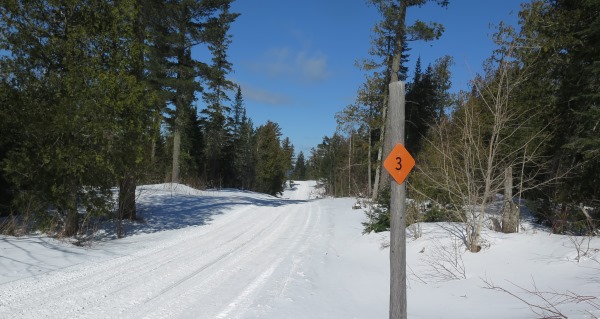
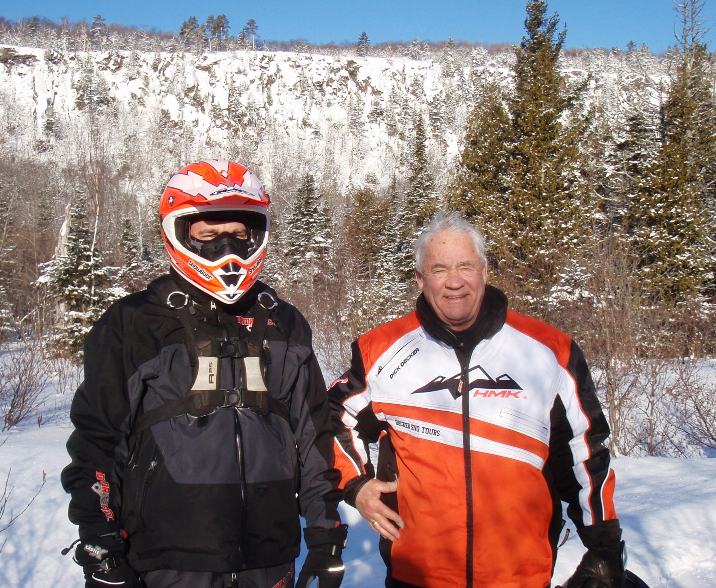
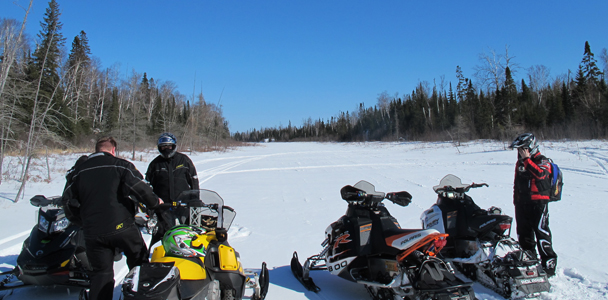
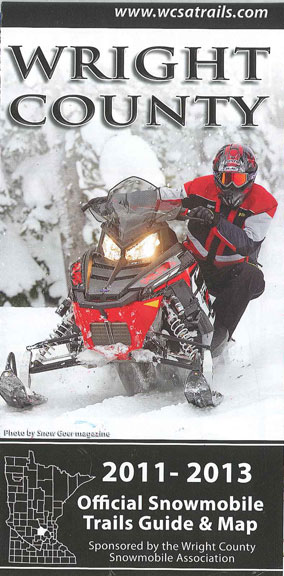
I came across this artical back in 2007. It was a very interesting artical. Awsome pics of the sleds that were used including some awsome senic shots. I had lost the magizine issue and am interested getting a copy of the 2007 magazine if it is at all possable. I have a collection of SnowGoer mags from the past, but seem to have lost this issue.
Thanks again.